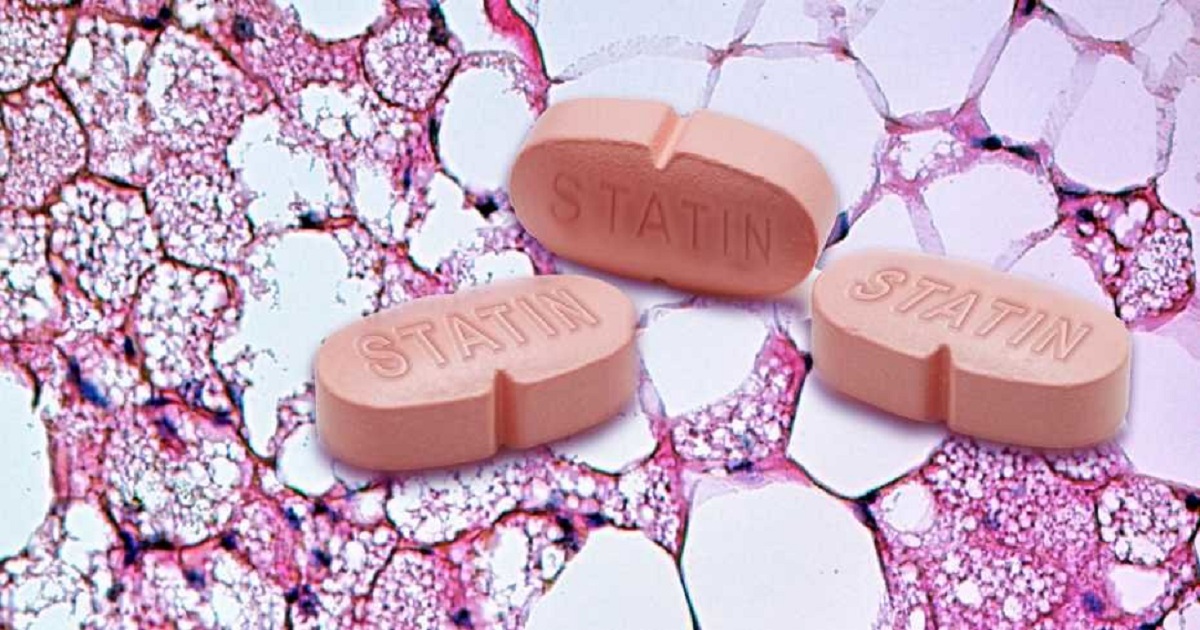Cholesterol-lowering drugs reduce brown adipose tissue
Medical Xpress | December 21, 2018

ETH Zurich scientists have shown that statins, one of the most commonly prescribed classes of pharmaceuticals, reduce beneficial brown adipose tissue. But this is no reason to demonize these drugs, the researchers insist. A certain proportion of the adult population has not only white adipose (or fatty) tissue, but also the brown kind. This brown adipose tissue helps to convert sugar and fat into heat. People with brown adipose tissue are better at regulating their body temperature in the winter and are less likely to suffer from excess weight or diabetes.
An international team of researchers led by Christian Wolfrum, Professor for Translational Nutritional Biology at ETH Zurich, has now discovered that the statin class of pharmaceuticals reduces the formation of brown adipose tissue. Statins are prescribed as a way to reduce the risk of a heart attack since they reduce cholesterol levels in the blood. They are among the most commonly prescribed drugs worldwide. Wolfrum and his colleagues have been researching brown adipose tissue for many years. They looked into the question of how "bad" white fat cells, which form the layer of fat under our skin, become "good" brown fat cells. Having conducted cell culture experiments, they found out that the biochemical pathway responsible for producing cholesterol plays a central role in this transformation. They also discovered that the key molecule regulating the transformation is the metabolite geranylgeranyl pyrophosphate.